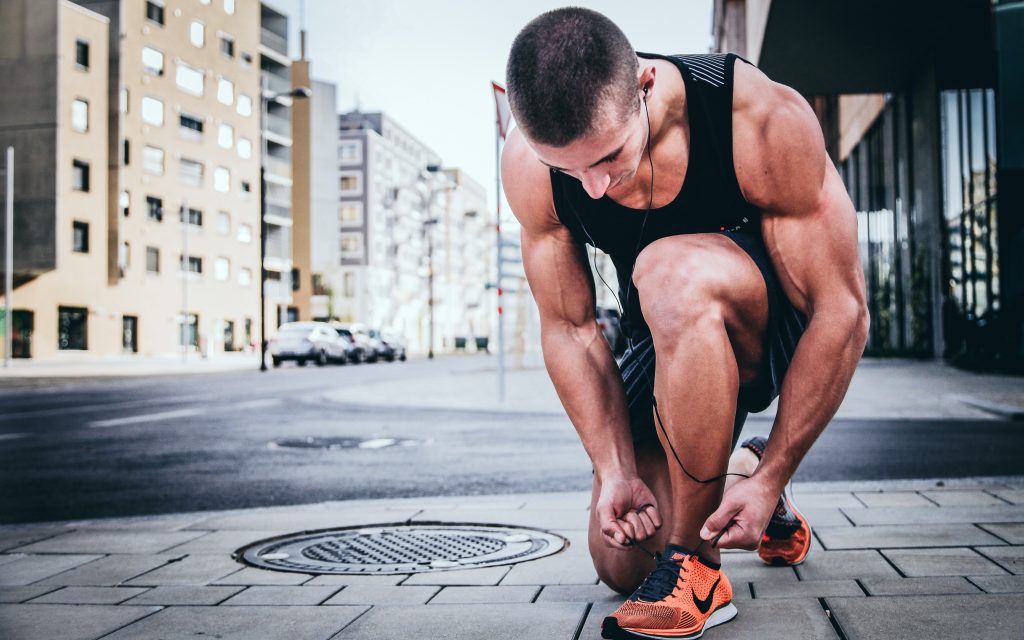
Features
Health
Wellness
5 things you should know about running shoes before buying a pair
Regular runners should change shoes every six months
November 2, 2018 By LifeBridge Health
 For example
For exampleIf you run five or more days a week, it’s a good idea to change running shoes every six months, says Dr. Simeon Mellinger, a physical therapist at the Rubin Institute for Advanced Orthopedics. At the very least, you should be checking for signs of wear and tear at the six-month mark. “If you’re starting to notice the outside of the shoe is wearing down, chances are the inside is probably worn through because usually you’ll wear through the inside before you wear through the outside,” says Annie Neurohr, DPT, CMTPT, of the Rubin Institute for Advanced Orthopedics.
Ask shoe retailers about a test run
Neurohr says if you’re looking to buy new shoes, visit stores with experts who can provide good analysis of shoe products and your running form, as well as retailers that will let you try out a pair of shoes on a trial basis. “For certain stores, once you wear the shoes once, you can’t return them. But there are also a lot of shore stores that will let you try out a pair of shoes up to 30 days and bring them back,” she says. “I think that’s important because it’s often that you’re not really going to be able to tell how much you really like a pair of shoes until you try them out for a few runs.”
If it fits well, stick with it
Often, Neurohr says, people will switch shoe types just to keep up with trends. When it comes to footwear, it’s about fit and comfortability. If the shoe feels comfortable, then it likely won’t cause you any issues. “The first thing that I usually tell people is if the model or type of shoe that you’re in isn’t giving you any problems, then don’t change it,” Neurohr says. “If the shoe feels uncomfortable but you get it because someone recommended it, then you’re at a higher risk of developing issues.”
She adds: “There’s a lot of different research about what type of shoe you should get and it’s not consistent. What is typically consistent is that if you are comfortable in the shoe that you’re trying on and running in, you would typically be more successful in that shoe.”
Have a shoe rotation
Consider making a shoe rotation for different running purposes if your budget permits. “This is so you’ll have not just one pair of shoes that you cross-train in, trail run in, do road races in, or do your speed work in,” Neurohr says. “It can be expensive, but each different shoe will stress or accommodate your foot in different ways so that you’re not always getting the constant type of wear pattern or pressure that you usually get when you start to develop overuse injuries.”
Don’t assume your shoes are the cause of an injury, or will prevent injury
A great pair of shoes alone cannot prevent injuries from overtraining. “Even if the shoe fit is perfect and the support is perfect, it’s not going to prevent you from injuring yourself if you ramp up your mileage too much,” Mellinger says.
Neurohr adds: “If you really are injured and it’s a chronic problem, it’s not likely that just swapping a shoe type is going to make it all go away. You can’t assume the shoe is the problem, but you also can’t assume it’s the solution. If it’s a chronic issue, we recommend that you get it formally evaluated by a physical therapist.”
Print this page